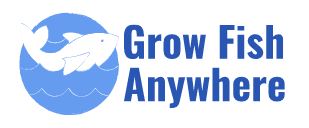Grow Fish Anywhere
People say not to worry, because there are plenty of fish in the sea. However, the sad truth is that this may no longer be true.
The New York Times reported in early 2019 that populations of fish are rapidly declining due to the warming of the ocean. Over a span of 70 years, the number of seafoods that people could catch and eat has decreased by 4%.
While the number may look small on paper, this roughly equates to more than 1.4 million metric tons.
This is due to global warming and the fact that people continue to contribute to it. Sound serious? Well, what if we told you that this isn’t even the biggest contributor to the loss of fish in the sea?
No, that honor belongs to overfishing. It is the single greatest threat to ocean life, and subsequently, to all our lives as well.
What is Overfishing?
As the name suggests, overfishing means the excess capturing of fish from the sea at a single time. While this could be attributed to people simply just fishing too much, it is also linked to commercial fishing practices. These practices see groups take as much as they can from the sea, with the unwanted fish tossed out.
Just by the ones that have been studied, the prolonged overfishing has depleted nearly one third of the fisheries in the world. They are now in great trouble. The sadder fact though is that not all fisheries have been studied yet, so we do not know how extensive the damage wrought is.
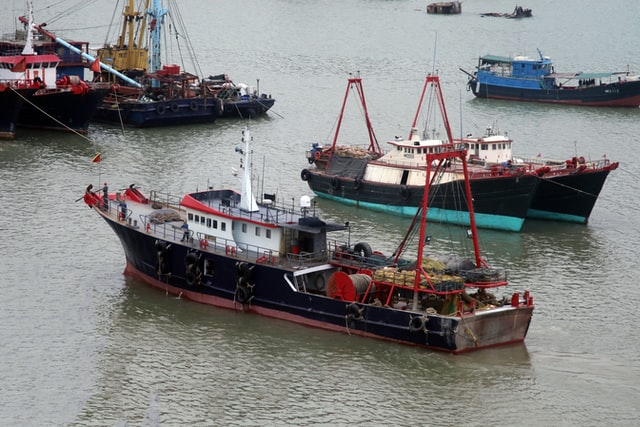
The biggest cause of overfishing is actually the lack of foresight and actual care in managing these fishing activities.
Most fishing activities in the world either have rules that do nothing to help the problem, or outright just make things worse. Some areas don’t even have any rules in place at all.
What people don’t understand is that if fishing rights were enacted, it would benefit them more than just fishing for more than they needed. They would realize that helping fisheries in trouble will have a profound effect on fisherman’s interests.
A healthy fishery will allow fisherman to improve their incomes, and do it for a long time to come. It will also ensure that fisheries will continue to reproduce and not be depleted in the future.
Effects of Overfishing
Effects on the People
The most obvious negative effect that overfishing can bring is the effect it will have on the human population. If overfishing continues, then people will continue to fish in those areas until they can’t catch anything anymore.
Fishermen will lose their source of income, and maybe even their jobs.
Moreover, people will lose a supply of food if they can no longer catch fish.
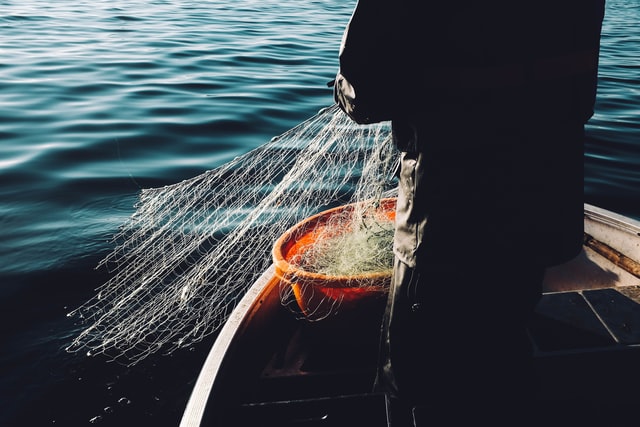
An Ecological Disaster
One misconception about overfishing is that it only becomes a real problem when a fishery is fished to the bone. People think that it is only a problem if there is nothing left to catch.
However, this is a dangerous misunderstanding. It only takes the overfishing of a couple of fish to make a negatively profound effect.
Take the sharks and tuna fish. These two types of fish are some of the most overfished in the whole world. These fish have a role in their ecosystem that needs to be upheld. If they are no longer there in their eco chain, then some fish populations can grow bigger.
The balance of the sea’s ecosystem must be maintained. Otherwise, their ecosystem will suffer from the imbalance.
Reef and Algae
An example of the effects of the imbalance spoken about above can be seen in the coral reefs and the growth of the algae populations.
If the ecosystem is disturbed – with sharks being overfished for example – this will mean that the number of small fishes in the sea will grow. While this may sound like a good thing, the increased number of small fishes will eventually damage the coral reefs among others.
Coral reefs provide food and shelter for many in the sea. Numerous organisms are bred and grown there.
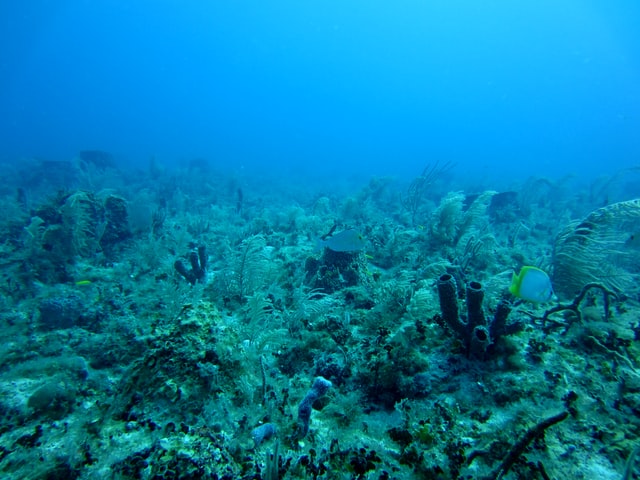
They also serve to stop coastlines from eroding and form storms from coming. They are also a good attraction for tourism, provide income from the people that fish from them, are sources for medicine, and are a hotbed for marine biodiversity.
At the same time, a loss of balance in the ecosystem will also increase the algae population. This algae population can also hurt the reefs and many other fish.
These are just a few effects of overfishing. People need to realize that the ocean is connected to many factors in people’s lives. Their income can be severely affected. However, the seas bear the brunt of the effects.
Breeding Sustainability
While the challenge is definitely among us and the conditions are heavy, it is definitely not insurmountable. People can learn about how to breed fish for sustainability and act now.
Species is Important
The first thing that the fishing farm owners and operators can do is pay attention to the species of fish that they are growing. Species is a very important decision and factor for sustainability.
There is a classification called the invasive non-native species (INNS). These are fish that do not naturally belong in a specific area. The effect then is that if the numbers swell, they can take the place of another species within an already established marine ecosystem.
Thus, the better choice is to breed native fish species. When in the right environment, native fish species perform much better than the non-native species.
This will also mean that the demand for these fish will be bigger, as the community is more familiar with consuming a specific type of fish. The fisherman in turn can demand for higher prices.
Look to Innovate
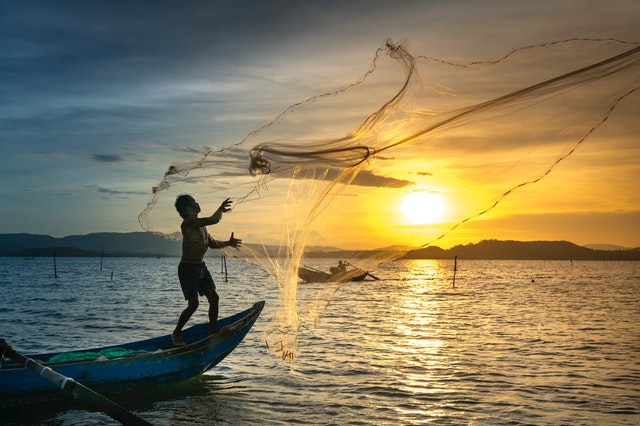
This piece of advice is not only applicable for fish breeding, but for pretty much any other activity. Innovation is the key to sustainability.
Aquaculture is very young in this world. When compared to livestocks, it has many years ahead of it before it can reach the kind of innovation there. However, people have already started to research breeding, feeds, and nutrition.
One farmer in Vietnam experimented with breeding catfish and a new high quality feed. The result was a massive boom in the catfish population in the area. It went from 50,000 tons in the year 2,000 to more than 1 million tons ten years later.
Bear in mind that during this era of growth, the area for catfish ponds only doubled.
Work with Governments and Groups
The final thing that we can do is to work with governments and other authoritative bodies. Like it or not, the way fishing programs are governed and the rules in place affect the sustainability of fishes and the marine ecosystem in a big way.
Look to work with major companies and government agencies linked with these actions. Oftentimes, there are no regulations and rules in place when fishing.
Link yourself with groups who are trying to make a difference. One example would be the World Wildlife Fund, who are helping government agencies to set up the right rules.
For questions and suggestions, please don’t hesitate to contact us.
